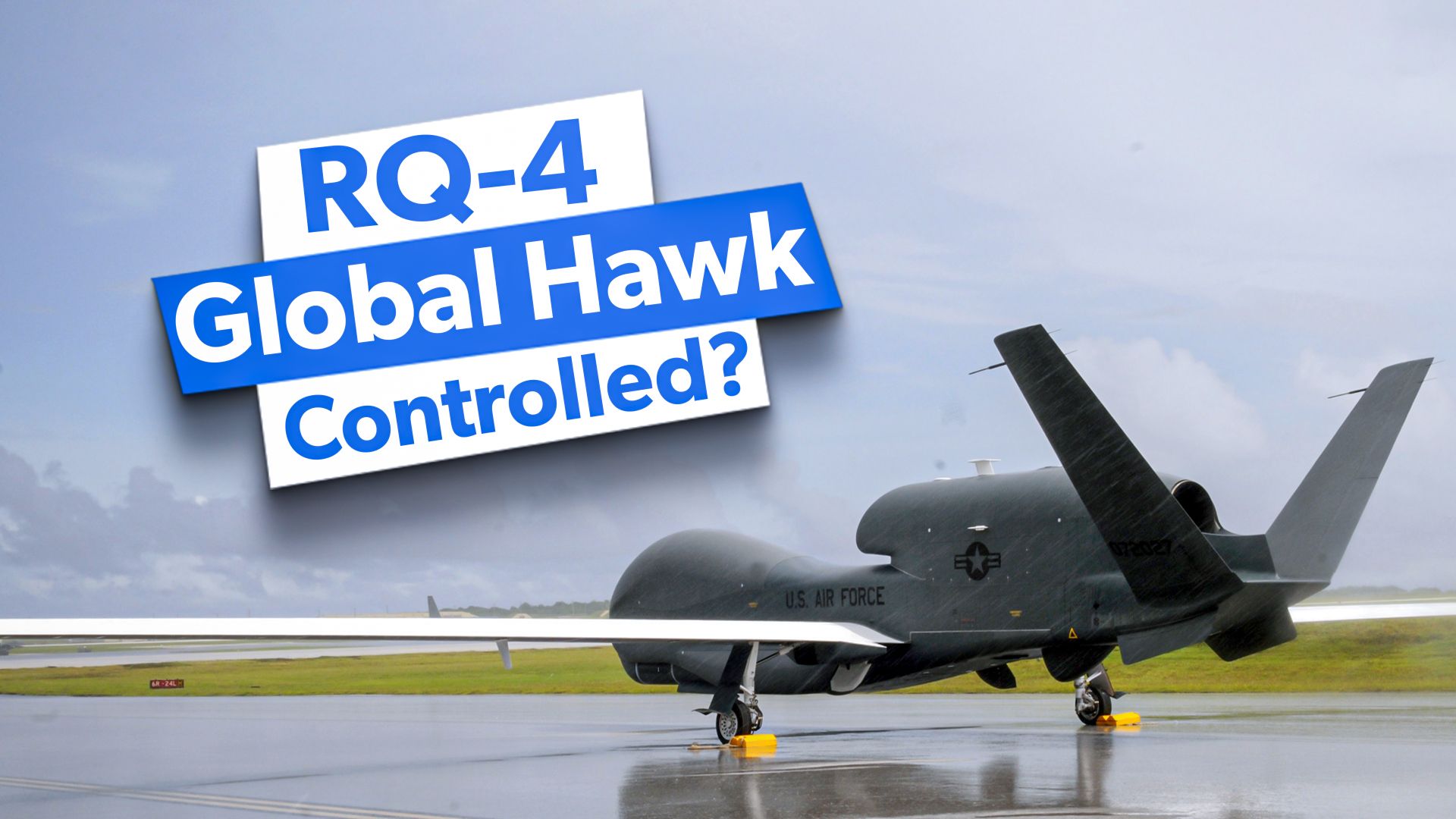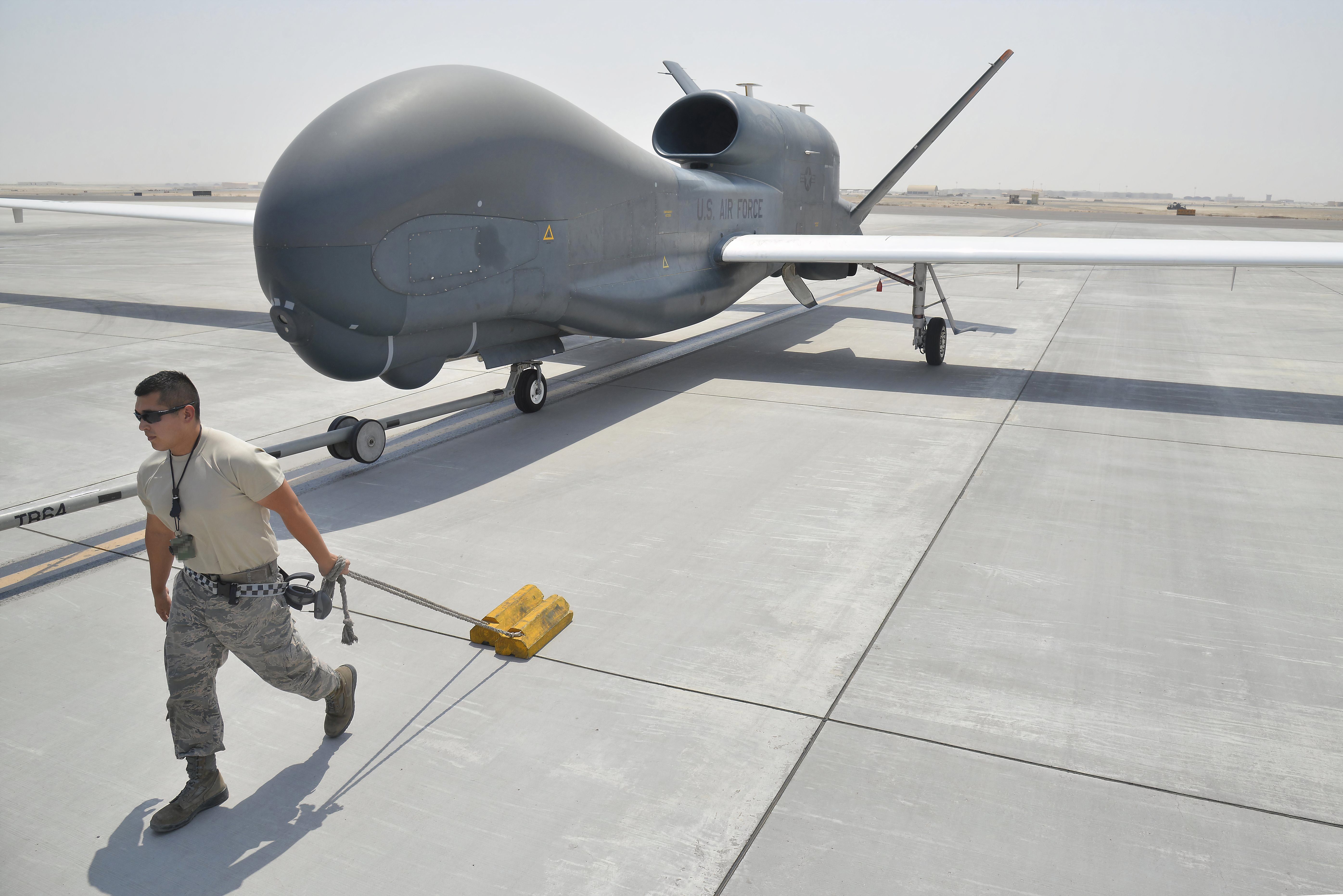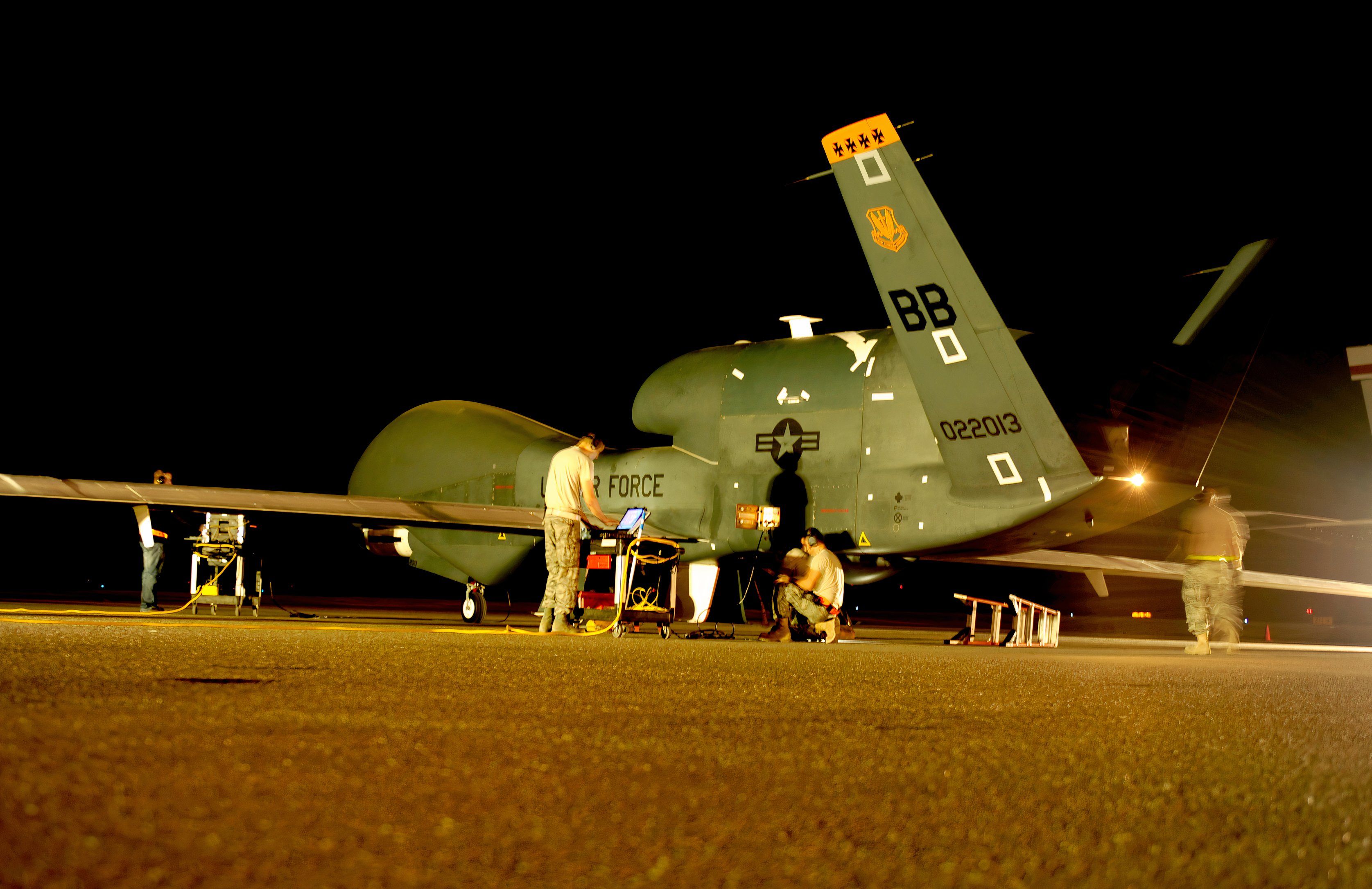Summary
- The Northrop Grumman Global Hawk can fly for 30-plus hours, providing key advantages in surveillance missions.
- RPA pilot training includes specific health, education, and aptitude requirements to qualify for rigorous demands.
- The Global Hawk doesn’t carry weapons, but RPA pilots face challenges due to extended mission durations.
As the military begins to rely more and more on uncrewed remotely controlled aircraft such as the General Atomics MQ-9 Reaper and the Northrop Grumman RQ-4 Global Hawk, the need for qualified pilots has also grown. Pilot’s goals in flying remotely piloted aircraft (RPA) range from surveillance and intelligence gathering to conducting air strikes on strategic targets. All RPA pilots in the United States Air Force (USAF) are an integral and growing part of the United States military defense.
The Northrop Grumman Global Hawk is a remotely controlled aircraft operated by a pilot who remains on the ground. The USAF uses it to gather surveillance, help weapons hit their targets, and protect friendly forces. The Global Hawk first entered service with the USAF in November 2001, and 48 aircraft have been produced to date.
The Global Hawk can fly for 30-plus hours
The biggest advantage of the Northrop Grumman RQ-4 Global Hawk is that it can remain airborne for a very long time without refueling. Before each mission, many hours go into preparing the RPA for the job at hand. The Global Hawk is flown by two elements: a launch and recovery unit located at a forward operating base and a mission control unit located anywhere.
The launch and recovery unit handles the RPA’s takeoff and landing, while a mission control pilot and a sensor control pilot do the bulk of the flight. The pilots communicating with the aircraft contact the RPA through a secure military communication satellite transmitting encrypted data over the X-Band. If the RPA is in line of site, it can be flown using a datalink.
How the Northrop Grumman RQ-4 Global Hawk came about
In the 1990s, the USAF sought an uncrewed high-altitude surveillance aircraft to work alongside and ultimately replace the U-2 spy plane. At the time, both Lockheed Martin and Ryan Aeronautical (now part of Northrop Grumman) were working on building RPAs. Due to budget cuts, the USAF decided to go with the Global Hawk due to its long-range and endurance rather than Lockheed Martin’s stealth RQ-3 DarkStar.
Photo: USAF
The Northrop Grumman RQ-4 Global Hawk made its maiden flight at Edwards Air Force Base in California on February 28, 1998, and entered service with the USAF in November 2001.
How to become a USAF RPA pilot
To be selected by the USAF for training on how to fly an RPA, you must first meet specific criteria regarding your health, education, aptitude, and knowledge of the principles of flight.
Heath
- Have good eyesight or vision that glasses can aid
- Not be color-blind
- Have excellent hearing
- You must be at least 4 ft 10in tall and at most 6ft 8 in.
- Your weight must be consistent with that of people of your height. If not, you will be required to take a body percentage fat test and have less body fat than 18% for males and 26% for females.
- Must be older than 18 and younger than 40
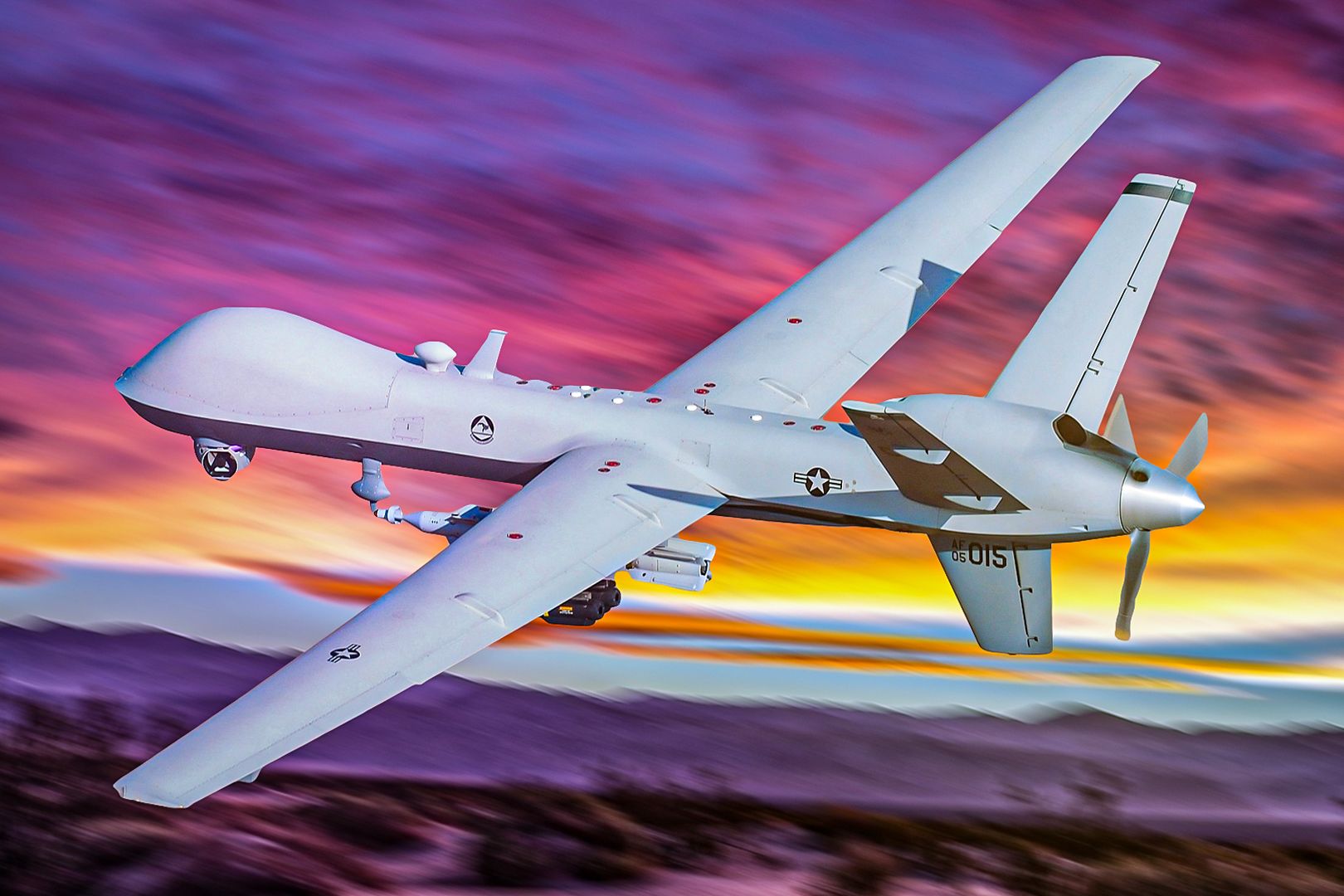
Related
5 Radically Different Types Of Military Drones
As the use of drones explodes on the battlefield changing the way war is fought, so too, are the types of drones.
Education
Officer candidates in the USAF must have a minimum of a four-year bachelor’s degree. Enlisted men and women already serving in the USAF can earn their degrees while serving and then apply to officer-candidate schools.
To be considered for RPA training, it helps if you have the following qualifications:
- Understanding the theory of flight, air navigation, meteorology, aircraft operating procedures, and mission tactics.
- Completed USAF undergraduate RPA pilot training
- You have successfully passed a Single-Scope Background Investigation (SSBI) conducted by a government agency to give you access to secretive information.
- Graduated from the Air Force Academy or have attended Officer Training school
Once selected as an RPA pilot, you will be sent to the 12th Reconnaissance Squadron, stationed at Beale Air Force Base, 40 miles north of Sacramento, California. If not sent to Beale, you will be deployed to the 348th Reconnaissance Squadron at Grand Forks AFB, North Dakota.
Photo: USAF
With a long history stretching back to WWI, the 12th Reconnaissance Squadron has proved itself in every major conflict, including the recent Operation Inherent Resolve (OIR) against the Islamic State of Iraq and the Levant. The 348th Reconnaissance Squadron came about immediately following the September 11, 2001, terrorist attacks against New York and Washington.
While based at Beale and Grand Forks AFB, RPA pilots are deployed worldwide for usually six months. Widespread deployments include Naval Air Station Sigonella in Sicily, Italy, and Ramstein Air Base in southwestern Germany. The USAF deploys its Northrop Grumman RQ-4 Global Hawks to overseas bases so that they can be on target in less time than it would take if they had to fly from the United States.
Because extensive infrastructure and communication systems need to be set up to fly and recover the RPAs, the USAF selects strategic locations in countries that have friendly relations with the United States. One such base where the USAF stations RPAs in the Middle East is Al Dhafra Air Base, 20 miles south of Abu Dhabi in the United Arab Emirates (UAE).
Because the Northrop Grumman RQ-4 Global Hawk does not carry weapons, the biggest problem RPA pilots face is the length of their shift and the amount of time they spend piloting the RPA. Because the Global Hawk can fly missions, sometimes lasting more than 30 hours, multiple pilots are needed around the clock.
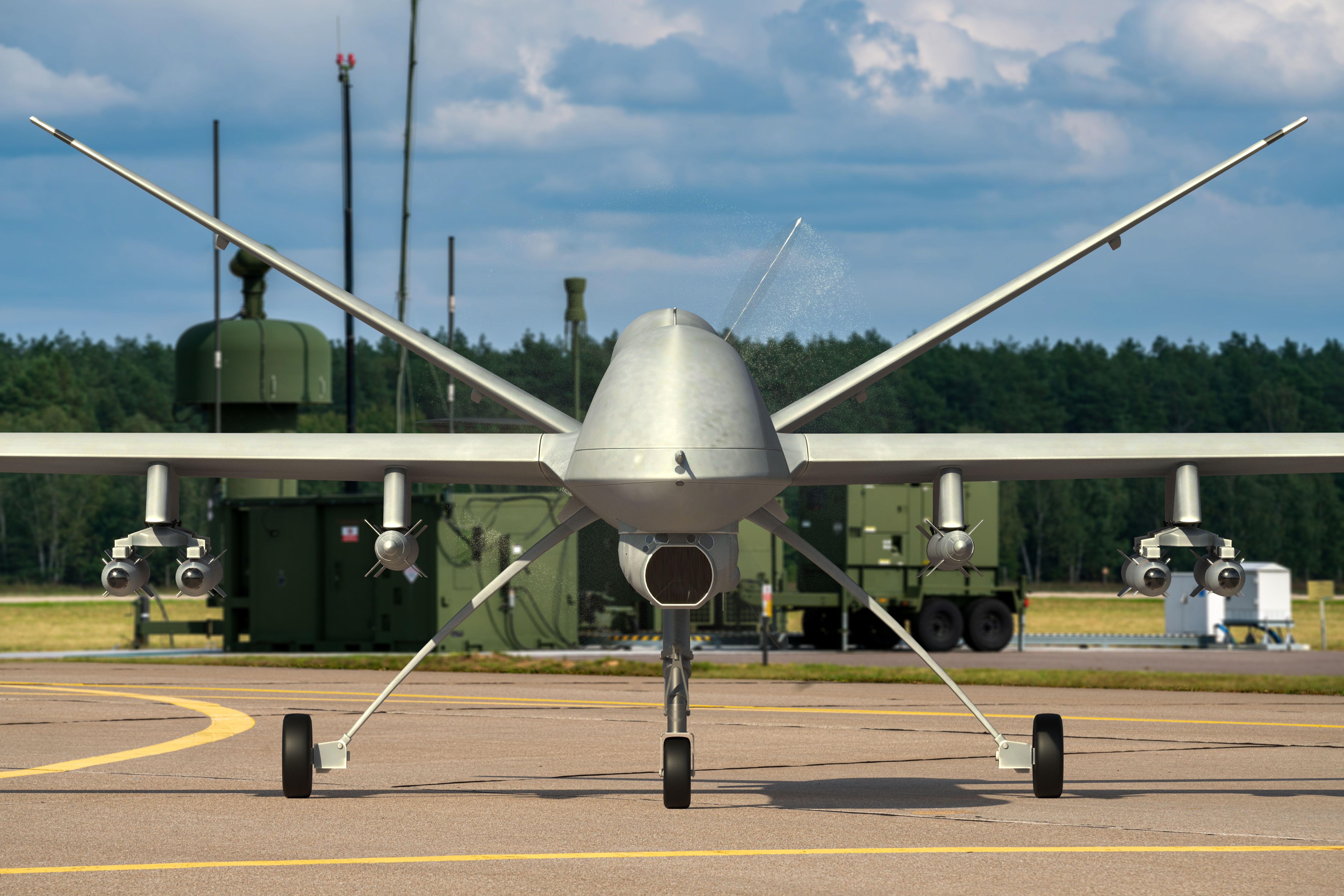
Related
General Atomics Developing New ABAD Pod To Boost Battlefield Awareness Of USAF MQ-9A Drones
Enhancing the drone’s defense against enemy threats.

